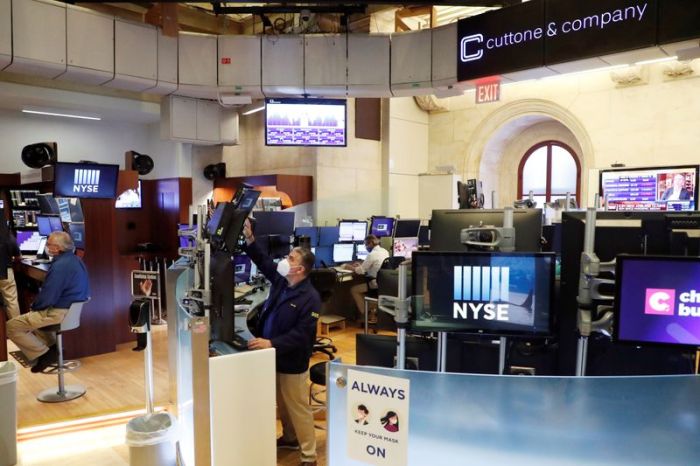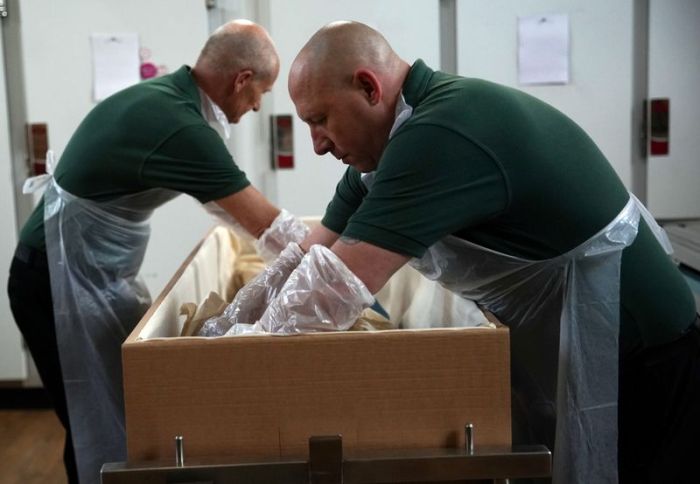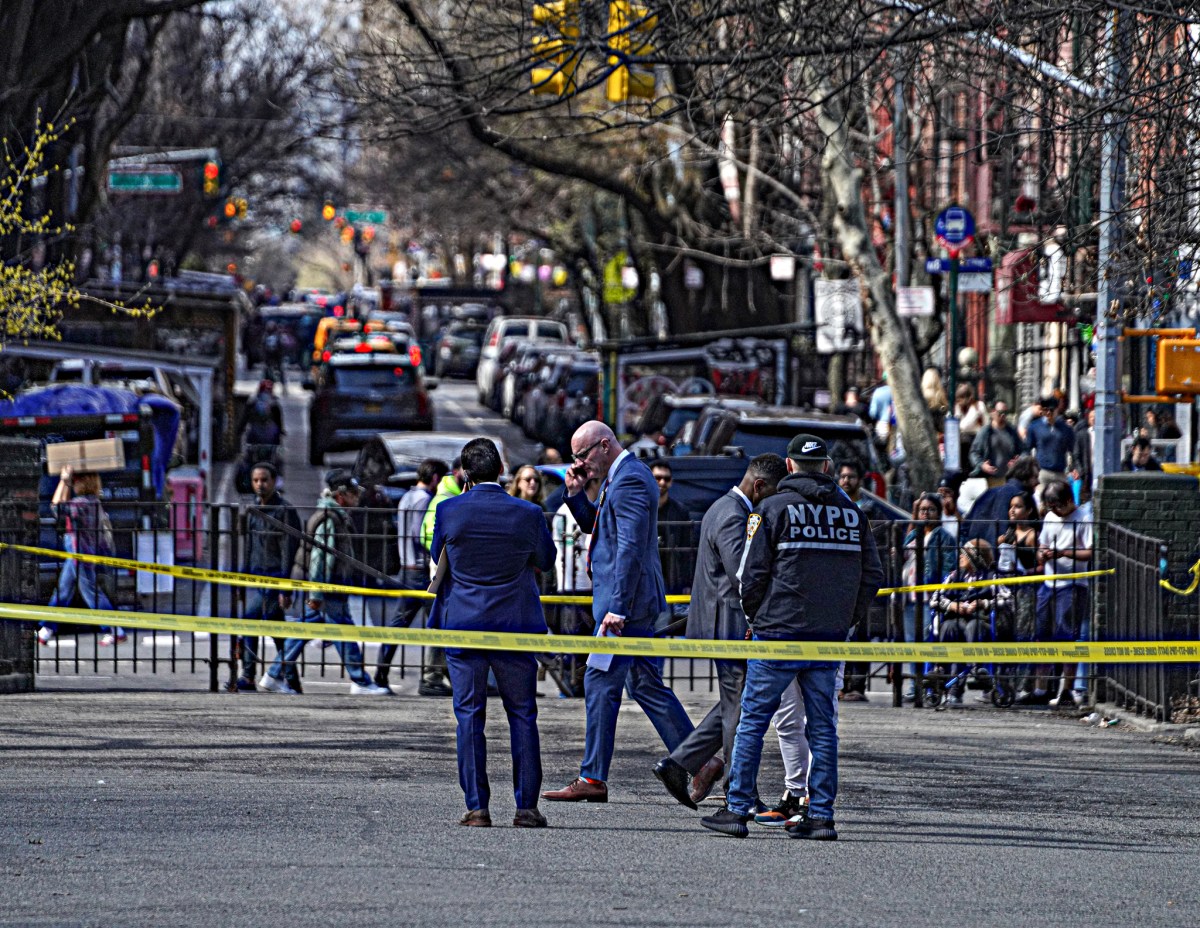WASHINGTON (Reuters) – The number of Americans seeking jobless benefits fell last week, but millions laid off because of COVID-19 continue to receive unemployment checks, suggesting the labor market could take years to heal from the pandemic even as hiring resumes.
The weekly jobless claims report from the Labor Department on Thursday, the most timely data on the economy’s health, followed news last Friday of a surprise 2.5 million increase in nonfarm payrolls in May. It reinforced views that the worst of the labor market turbulence was behind.
The Federal Reserve signaled on Wednesday it would provide years of extraordinary support for the economy, with Fed Chair Jerome Powell cautioning there would an “extended period” where it is going to be “difficult for many people to find work.”
“The economy won’t be fully recovered until the labor markets say everyone has got their jobs and paychecks back to help the country spend its way to sustainable prosperity,” said Chris Rupkey, chief economist at MUFG in New York.
Initial claims for state unemployment benefits fell 355,000 to a seasonally adjusted 1.542 million for the week ended June 6. The 10th straight weekly decline pulled claims further away from a record 6.867 million in late March. Still, claims are more than double their peak during the 2007-09 Great Recession.
Economists polled by Reuters had forecast 1.55 million new claims in the latest week.
The National Bureau of Economic Research, the arbiter of U.S. recessions, declared on Monday that the economy slipped into recession in February.
Though the number of people staying on benefits is abating, the ranks of the unemployment are still uncomfortably large. The number of people receiving benefits after an initial week of aid fell 339,000 to 20.929 million for the week ended May 30. The so-called continued claims, which are reported with a one-week lag, dropped from a record high of 24.912 million in early May.
Stocks on Wall Street fell as investors worried about a second wave of COVID-19 infections after rallying in recent sessions. The dollar rose against a basket of currencies. U.S. Treasury prices rose.
TEMPORARY RELIEF
A separate report from the Labor Department on Thursday showed the producer price index for final demand rebounded 0.4% last month after plunging 1.3% in April. Producer prices were driven by a 40.4% surge in the cost of meat amid shortages because of COVID-19 outbreaks at processing plants.
Though the underlying trend in producer inflation remains subdued, in line with an economy that is in recession, pricey food could further burden consumers at a time when households are grappling with severe unemployment.
Large meat plants across the United States are closed or running at reduced capacity.
“Higher food prices are a real concern, as they reflect COVID-related production problems in processing plants that could take months to ripple through the economy,” said Chris Low, chief economist at FHN Financial in New York. “Consumers could experience higher prices for another few months.”
Continuing claims are being watched for signs on how quickly businesses rehire workers as they reopen after being shuttered in mid-March to slow the spread of COVID-19.
Economists attributed the decline in continuing claims to the government’s Paycheck Protection Program, part of a historic fiscal package worth nearly $3 trillion, offering businesses loans that can be partially forgiven if used for employee wages.
With demand in general remaining weak and the PPP deadline coming soon, economists expect claims to remain elevated.
“The stresses caused by the Covid-19 crisis continue to spread through the broader economy, such as supply chains and professional services,” said James Knightley, chief international economist at ING in New York. “Companies are finding that revenues and profits are not rebounding as quickly as hoped and are being forced to lay-off staff.”
Fed officials projected a 9.3% unemployment rate at year end. The unemployment rate has jumped from 3.5% in February and was at 13.3% in May.
There was also an ebb in the number of people seeking unemployment benefits outside the regular state unemployment insurance programs. The government has expanded eligibility for unemployment benefits through the fiscal package to include gig workers, the self-employed and independent contractors who have been affected by the COVID-19 pandemic.
Applications for benefits under the Pandemic Unemployment Assistance (PUA) program fell 91,137 to 705,676 in the week ended June 7. These filings are not included in the initial and continuing claims count, which some economists say distorts the labor market picture.
Roughly 43 states are processing PUA claims. Economists recommend focusing on benefit recipients for all programs, which fell 662,256 to 29.5 million in the week ending May 23.
“The labor market is coming back, but it is very unclear as to how long it will take to heal,” said Gus Faucher, chief economist at PNC Financial in Pittsburgh.
(Reporting by Lucia Mutikani; Editing by Andrea Ricci and Chizu Nomiyama)

























